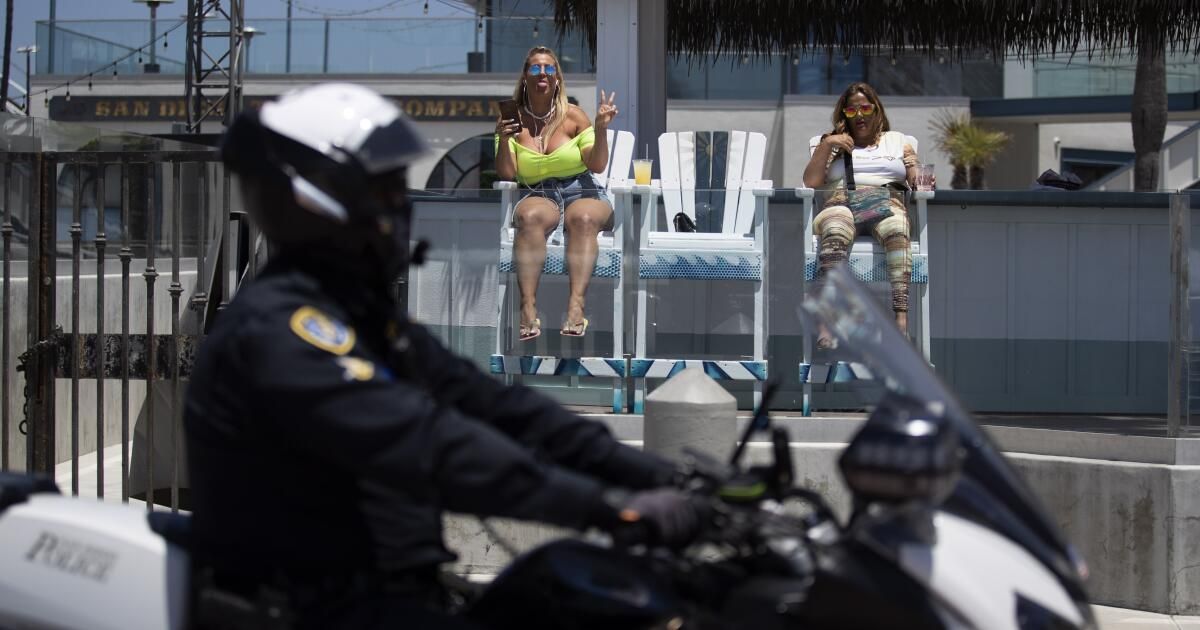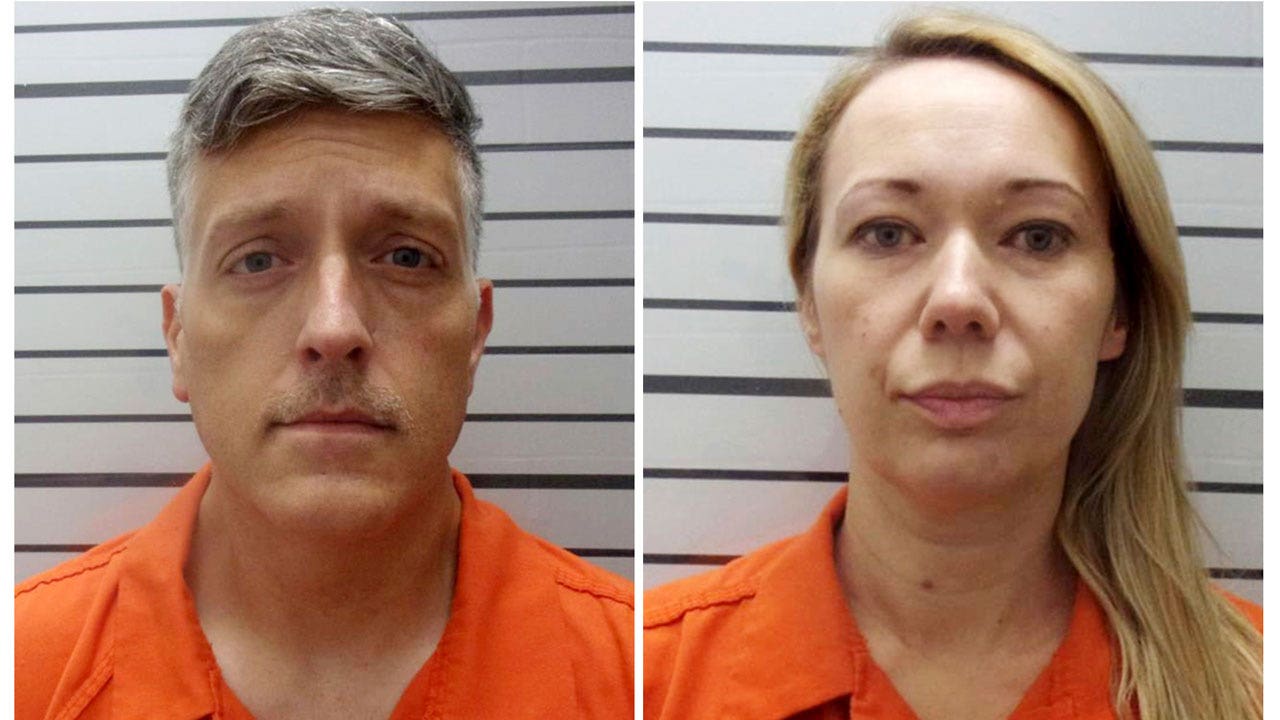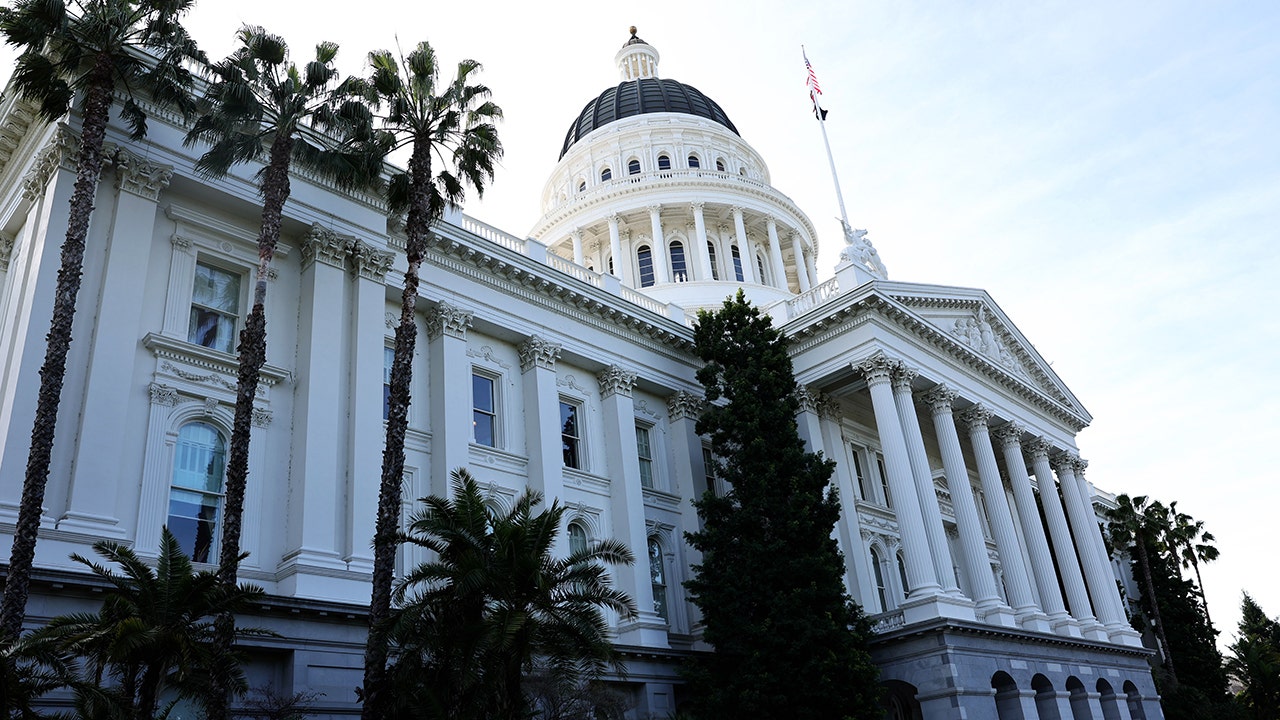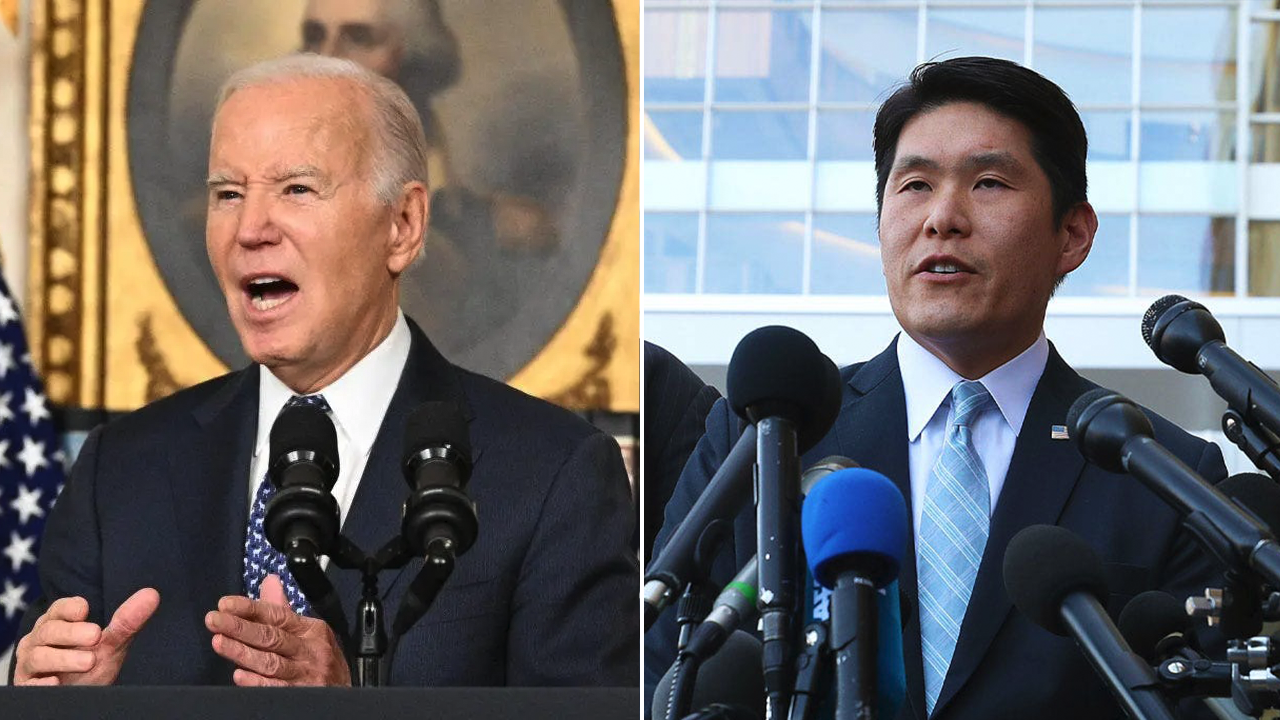By the mid-1980s, San Diego had become one of the 10 most populous metropolitan areas in the country, but most residents simply refused to believe it. To them, it was still a small beach town with an unofficial slogan: “We’re not Los Angeles.” Thanks to a stable economy supported by military bases, tourism, and real estate, much of San Diego felt immune to urban decay.
That was until March 31, 1985, when two white San Diego police officers and a civilian observer followed a pickup truck carrying seven black youths down a long dirt road in the southeast part of the city. Everything changed because of The tragedy that followed:The truck driver, 23-year-old Sagon Penn, grabbed an officer's gun and fired at the civilian and the two officers, killing one of them. The shooter then stole a police car and ran over the surviving officer.
Many San Diegans were stunned, though they shouldn't have been surprised.
For more than a decade, warnings of an impending crisis had come from two groups: members of the black community in southeast San Diego and the police officers responsible for policing the area.
Although some areas of San Diego outpaced all other major American cities in economic growth, some communities had fallen behind. Black residents had been marginalized and moved to the Southeast. Freeway construction divided once-vibrant residential neighborhoods and business districts. Changes in the city’s zoning laws allowed for the construction of suburban megamalls that siphoned off retail customers from the independent retailers that were the mainstay of the local economy.
When violent crime began to skyrocket nationwide in the mid-1970s, Southeast San Diego suffered along with the rest of the country, while the city’s white majority could largely remain oblivious. Criminals became more vicious, drugs became more difficult to obtain, and suddenly guns were everywhere. By early 1985, Southeast residents felt besieged, endangered, overwhelmed, and ignored.
They had an unlikely ally in their pleas for more resources: the police officers who policed the area, who saw the violence and knew they couldn’t contain it. But as long as San Diego’s leaders refused to acknowledge that they had a big-city crime problem, they wouldn’t add to the almost laughably inadequate police force. San Diego had one officer for every 714 residents, compared with ratios of one for every 237 in Philadelphia, one for every 272 in New York City, and one for every 437 in Los Angeles.
Outnumbered and outgunned, San Diego police officers began to be killed at an alarming rate. In 1977, 1978, 1979 and 1983, only one officer was shot to death. In 1981 and 1984, four officers were killed: “In San Diego, we get killed two at a time,” one street cop explained. By March 1985, a San Diego officer was 15 times more likely to die in the line of duty than a Los Angeles officer.
This was the context of the altercation of March 31, 1985. Like so many police shootings in recent years, this racially charged conflict led to a fatal shooting and the acquittal of the killer — but in this case, the shooter was a black suspect and two of the victims were white police officers.
By the time the newspapers reached suburban driveways the next morning, two competing accounts had developed. Many of the nearly 50 eyewitnesses would later say that the shooter, Penn, had acted in self-defense after being beaten by baton-wielding officers. Police and many members of San Diego's conservative establishment said it was just another case of police officers gunned down while doing their jobs.
An editorial in the historically conservative and white San Diego Union newspaper all but declared Penn guilty and exonerated the police officers. “The fault lies not with our police officers, but with the punk elements that inhabit this beautiful place,” veteran journalist Edward Fike wrote in an op-ed.
And then something unusual happened. A brash young ABC affiliate anchor, Michael Tuck, confronted the paper in an editorial segment. He accused the paper of condemning Penn without a trial. “Give editorial writer Edward Fike a rope and a tree branch and he’s dangerous,” Tuck proclaimed on air.
This presenter represented the demographic of the “new San Diego”: college-educated, socially liberal, and ethnically diverse. His message was not that Penn was innocent and the police were responsible for the incident, but that the city should exercise patience and restraint and let the courts do their job. Most of the city seemed to follow his advice.
Surprisingly, so did the union, which had recently hired younger journalists and entrusted them with covering the case. They stuck to the facts. In the absence of social media and 24-hour cable news, a few responsible voices prevailed.
Over the next two and a half years, through two astonishing trials, San Diego was forced to come to terms with the fact that it was really two cities living separate lives: one mostly white, prosperous, and safe, the other mostly black, struggling, and increasingly dangerous.
As the trials unfolded, there were accusations of police misconduct, excessive use of force, officers committing perjury on the stand, witness tampering and racism. Some of the black witnesses were accused of “telling their stories straight” before testifying, to bolster the argument that Penn had acted in self-defense. The case refused to fit neatly into anyone’s preferred narrative.
When it was over, two mixed-race juries deliberated for more than a month and decided that Penn had largely acted justly and was not guilty of murder or attempted murder. Authorities dropped the remaining charges against him.
There were expressions of anger and cries of injustice, but in the end the city accepted the verdicts. Leaders promised to do what was best for all of San Diego, not just the wealthy white areas.
A few years later, when riots erupted in Los Angeles, Oakland, Las Vegas and other cities following the acquittal of Los Angeles Police Department officers in the 1991 beating of Rodney King, San Diego remained largely calm. “We had been through our own crisis between the police and the black community years before Los Angeles,” said former Deputy Police Chief Norm Stamper. “We learned to talk to each other and listen to each other.”
A community leader from the Southeast, Billy Moore, also recently said: “If we hadn’t gone through what we went through with Sagon Penn, things would have been very different.”
San Diego hadn't even wanted to admit that it was a great city, but it became a model for others to follow, all because a tragic night in 1985 forced a racial reckoning.
Peter Houlahan is the author, most recently, of “Reap the Whirlwind: Violence, Race, Justice and the True Story of Sagon Penn.”












